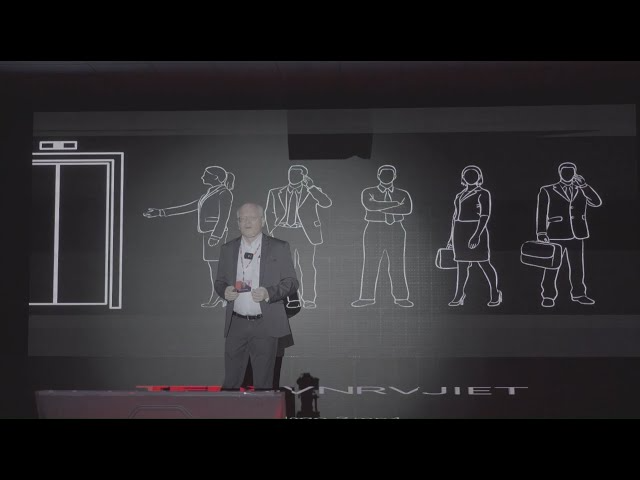While enterprises today have no choice but to connect with their customers through digital channels, many still treat the IT function as a cost center, something which doesn’t drive revenue but still requires (often significant) investment to operate. Even when asked to meet ambitious digital demands, such treatment can often compromise the function’s effectiveness and ability to reach its full potential and drive the sort of change the organization needs.
IT isn’t the only function often viewed as a cost center. Teams like HR and finance are cost centers too. This isn’t always a problem: teams like HR and finance are needed, after all, to support the administration and operations of a business. What is a problem, however, is that in a world where digital is fundamental to every organization, IT no longer plays the type of support or operational role it did 10 to 20 years ago. Businesses that still think it does are severely limiting its ability to deliver value.
Treating IT as a cost center will lead to a range of behaviors that undermine the function; some of the most significant are explored below.
Spending won’t be driven by value
Given the performance of a cost center is primarily evaluated by comparing spending against an allocated budget amount, the focus will typically be on optimizing spending. This leads to a lack of focus on value for the customer; in other words, business outcomes won’t be aligned to spending. To be focused on value, you need to be nimble and able to pivot based on customer feedback. A budget-driven expenditure monitoring approach discourages this.There will be no incentive to collaborate with the wider business
When IT is regarded as a cost center, there is little to no incentive for the function to collaborate with the wider business. Because it’s not responsible for achieving business outcomes, the work needed to achieve them isn’t a priority.Money will be wasted on initiatives that aren’t delivering value
A cost center approach encourages continued spending on initiatives which aren’t delivering the expected value and benefits. This usually happens because spending money in line with forecasts is looked at favorably in terms of leadership capability and performance, as opposed to making a move to stop spending (which would imply the forecast was wrong). This results in money being wasted on failed or low value initiatives, which could otherwise be spent on initiatives that could have a far greater impact.It encourages a short term focus
There is typically a short term focus when IT is treated as a cost center. Since the window for allocating budget, as well as monitoring spending against the budget, is linked to the budgeting cycle, what typically gets prioritized for spending are initiatives which need funds immediately or in the near future. Most enterprises tend to follow an annual budgeting cycle, so the focus for anticipating budgetary needs will rarely go beyond a one-year period.It can lead to a failure to accommodate emerging opportunities
If you treat IT as a cost center, you have little room to accommodate emerging opportunities. This is because the basic premise on which the cost center approach is based is the ability to accurately forecast spends for the budget period, which is usually annual. Moreover, given that data collection for the budget usually happens a few months before the process actually begins, the forecast will be made even further away from the start of the budget period. The IT function must not only accurately forecast expenses for maintenance and service related activities, but also the money needed for delivering projects, new products and enhancements to existing products. Budget allocation will be based primarily on the forecast; once the budget is finalized, it’s very difficult to get additional funding until the next budget cycle. Provisions for opportunities which may emerge after the forecast are rare. In a fast changing environment, the inevitable rigidity that comes from funding being tightly coupled to a forecast made well in advance results in the enterprise missing out on emergent — and potentially impactful — opportunities.Sunil Mundra Principal Consultant, ThoughtworksIT no longer plays the type of support or operational role it did 10 to 20 years ago. Businesses that still think it does are severely limiting its ability to deliver value.



